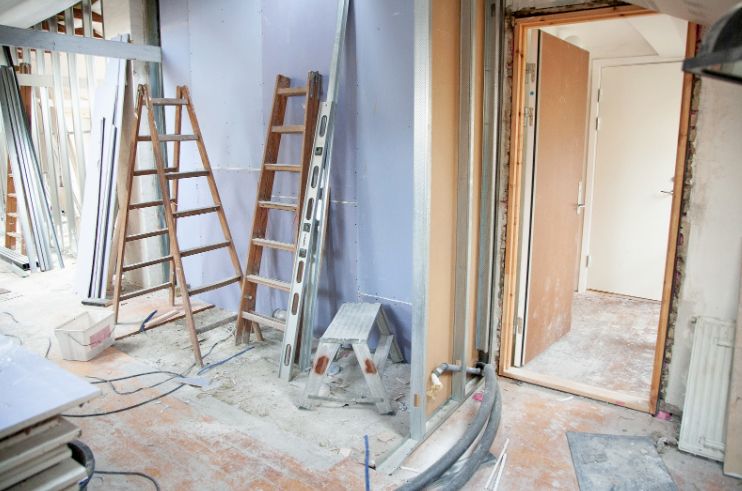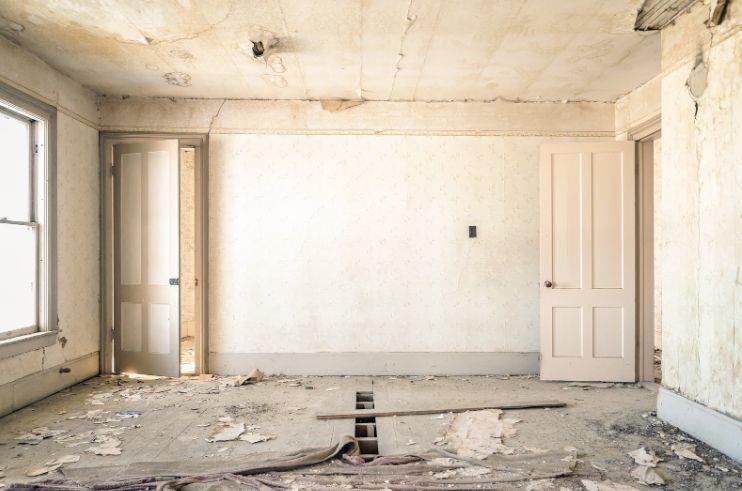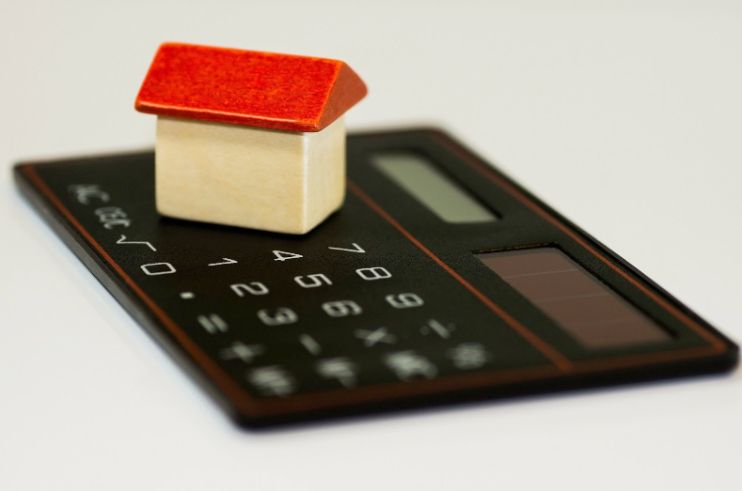Maintaining your property and home improvement is an essential and ongoing job. When you’re ready to put a ‘for sale’ sign up, it should ideally be in mint condition to achieve a quick result.
However, life happens, and in some cases, you might need to sell a house that’s in poor condition. This article offers some guidelines to follow before you start ticking off your DIY ‘to-do’ list or doing major renovations.

Consider Personal Circumstances
Before you go ahead and put the property on the market as is, take some time out to consider your circumstances. It’ll help you make a calculated and informed decision.
Firstly, think of the implications for your finances and the timeline. If you’re looking for a fast sale and swift turnaround, you may have to discount the price. If you can spare some time and have the extra cash, you’ll stand a much better chance of getting your money’s worth.
Secondly, make a comprehensive list of everything that needs work to get the real scope of labor required. Put this into categories of ‘need to do’ pain points, the urgent requirements, and the ‘nice to do’ items or cosmetic updates.
The Scope of Work
Use our list of examples to guide you. It’ll help determine the severity and how that affects your readiness to go to the market. It’ll also assist you to prepare and state all the ‘as-is conditions’ to be accepted by the new owners.
Completely Uninhabitable
An uninhabitable house will most likely have severe structural issues. This includes extensive damage to the roof, foundation, and walls, and it won’t pass the required inspections.

It may also include dangerous electrical deterioration, like outdated wiring or a faulty chimney that becomes a fire hazard. Dysfunctional plumbing and severe erosion or sewage issues will also render the place unsuitable for living in.
The same applies to any form of pests, like termite infestations, that caused irreparable destruction.
Visible Flaws
If your property has some visible flaws and outdated fixtures and fittings, it’ll be less of a hard-sell. It’ll still affect the value, and you’ll have to either make the repairs before or settle on a lower price.
This could include kitchens and bathrooms that have seen better days, a leaky roof, or internal floor damage. It’s advisable to get more info from a reputable realtor in your area to help you determine which renovations are worth it.
For example, you may be able to get away with not re-doing the shower, bathtub, and vanity and leave the old oven and kitchen countertops. These are more personal spaces where the new owner may want to choose their fixtures and fittings to match their lifestyle.
Quick Fixes
These represent small maintenance issues and cosmetics with a quick-fix solution. It includes garden maintenance, a deep clean of dirty areas, and attending to weathered walls with a paint job.
Paint colors are again subjective, and the new owner may change that anyway, so discuss this as part of your price tag negotiations.
Consider External Factors
While you can take charge of the property and decide on the level of repairs, some factors may be beyond your control. Here are some of the external elements to take into account before you decide to sell.

Market Conditions
Find out if the current market is favoring sellers or buyers. If your house is in a prime location and many people are looking for a property, it could be more manageable to sell, without renovating, due to the high demand.
On the flip side, if there are several competing options, with some in better condition than yours, you’ll either have to reconsider the price or spend some time and money to make it more marketable.
The Economy
The economic climate, interest rates, and consumer confidence may also play a role. It’s likely to influence the buying intentions and mortgage affordability, making it more challenging to sell a place that needs a lot of work.
In more challenging financial conditions, it could take some time to sell. You may have to wait for a cash buyer or an investor looking for a property to develop or renovate. Weigh up these options to decide if you can wait for the right purchaser.
Key Takeaways
Selling a house in poor condition is not impossible. It may, however, take some extra time and effort. Consider your circumstances before you put it on the market. It’s best to anticipate how long you can wait and the extent of what you’ll have to do to seal the deal.
Evaluate the property’s status and take external influence like the real estate market and economic factors into account. In doing so, you’ll have a complete scenario preempted and go into the undertaking with realistic expectations.
Read next: How to Prepare Your Home for a Real Estate Photoshoot

